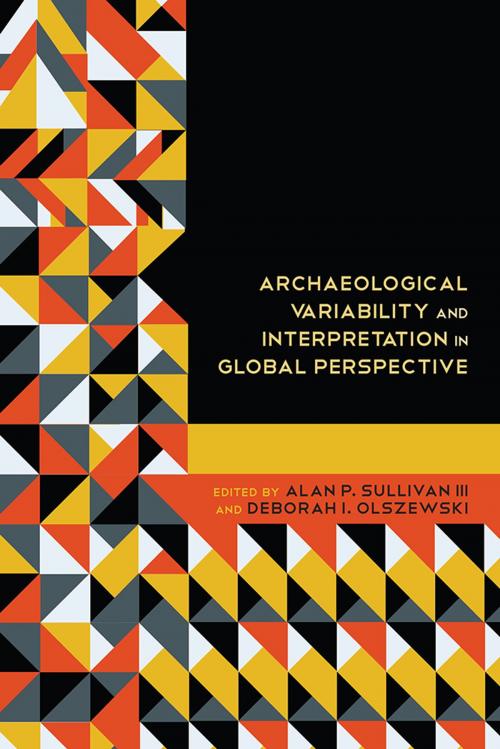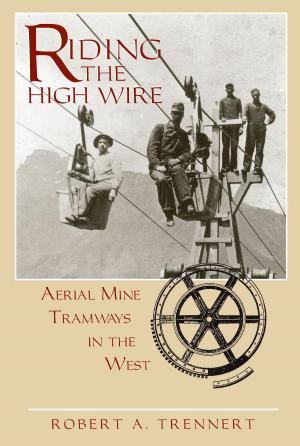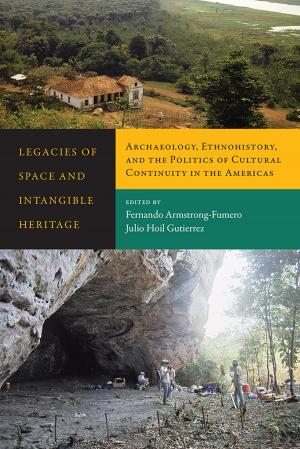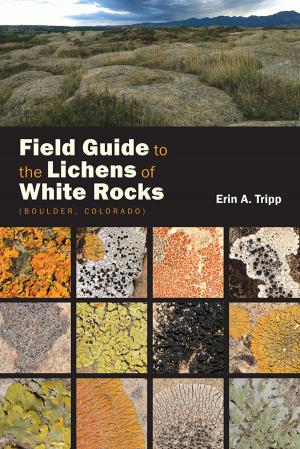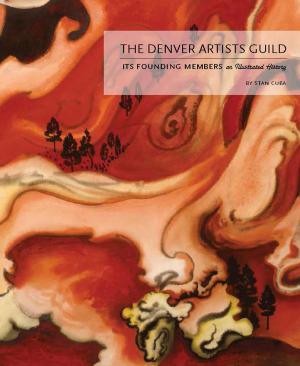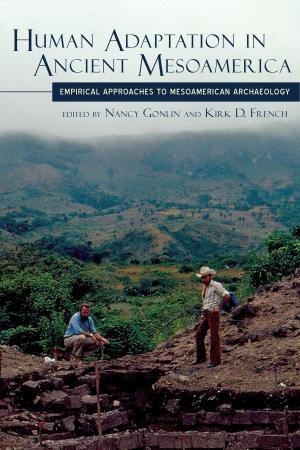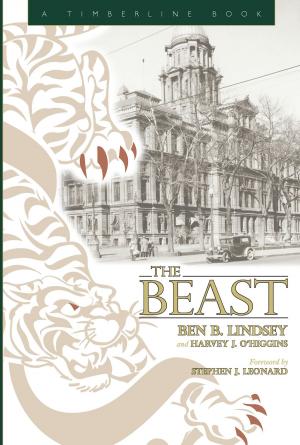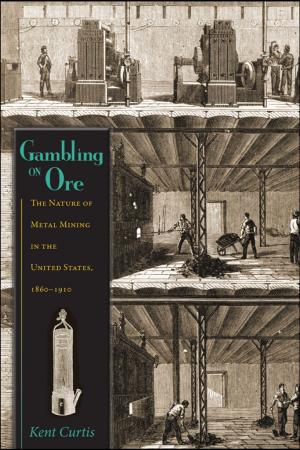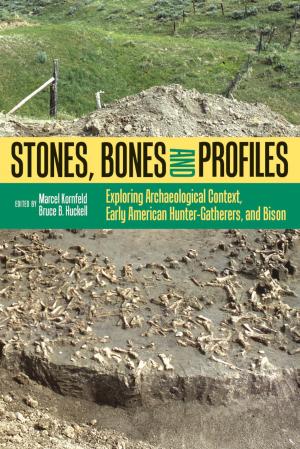Archaeological Variability and Interpretation in Global Perspective
Nonfiction, Social & Cultural Studies, Social Science, Archaeology| Author: | ISBN: | 9781607324942 | |
| Publisher: | University Press of Colorado | Publication: | December 1, 2016 |
| Imprint: | University Press of Colorado | Language: | English |
| Author: | |
| ISBN: | 9781607324942 |
| Publisher: | University Press of Colorado |
| Publication: | December 1, 2016 |
| Imprint: | University Press of Colorado |
| Language: | English |
In Archaeological Variability and Interpretation in Global Perspective, contributors illustrate the virtues of various ecological, experimental, statistical, typological, technological, and cognitive/social approaches for understanding the origins, formation histories, and inferential potential of a wide range of archaeological phenomena. As archaeologists worldwide create theoretically inspired and methodologically robust narratives of the cultural past, their research pivots on the principle that determining the origins and histories of archaeological phenomena is essential in understanding their relevance for a variety of anthropological problems.
The chapters explore how the analysis of artifact, assemblage, and site distributions at different spatial and temporal scales provides new insights into how mobility strategies affect lithic assemblage composition, what causes unstable interaction patterns in complex societies, and which factors promote a sense of “place” in landscapes of abandoned structures. In addition, several chapters illustrate how new theoretical approaches and innovative methods promote reinterpretations of the regional significance of historically important archaeological sites such as Myrtos-Pyrgos (Crete, Greece), Aztalan (Wisconsin, USA), Tabun Cave (Israel), and Casas Grandes (Chihuahua, Mexico).
The studies presented in Archaeological Variability and Interpretation in Global Perspective challenge orthodoxy, raise research-worthy controversies, and develop strong inferences about the diverse evolutionary pathways of humankind using theoretical perspectives that consider both new information and preexisting archaeological data.
Contributors: C. Michael Barton, Brian F. Byrd, Gerald Cadogan, Philip G. Chase, Harold L. Dibble, Matthew J. Douglass, Patricia C. Fanning, Lynne Goldstein, Simon J. Holdaway, Kathryn A. Kamp, Sam Lin, Emilia Oddo, Zeljko Rezek, Julien Riel-Salvatore, Gary O. Rollefson, Jeffrey Rosenthal, Barbara J. Roth, Sissel Schroeder, Justin I. Shiner, John C. Whittaker, David R. Wilcox
In Archaeological Variability and Interpretation in Global Perspective, contributors illustrate the virtues of various ecological, experimental, statistical, typological, technological, and cognitive/social approaches for understanding the origins, formation histories, and inferential potential of a wide range of archaeological phenomena. As archaeologists worldwide create theoretically inspired and methodologically robust narratives of the cultural past, their research pivots on the principle that determining the origins and histories of archaeological phenomena is essential in understanding their relevance for a variety of anthropological problems.
The chapters explore how the analysis of artifact, assemblage, and site distributions at different spatial and temporal scales provides new insights into how mobility strategies affect lithic assemblage composition, what causes unstable interaction patterns in complex societies, and which factors promote a sense of “place” in landscapes of abandoned structures. In addition, several chapters illustrate how new theoretical approaches and innovative methods promote reinterpretations of the regional significance of historically important archaeological sites such as Myrtos-Pyrgos (Crete, Greece), Aztalan (Wisconsin, USA), Tabun Cave (Israel), and Casas Grandes (Chihuahua, Mexico).
The studies presented in Archaeological Variability and Interpretation in Global Perspective challenge orthodoxy, raise research-worthy controversies, and develop strong inferences about the diverse evolutionary pathways of humankind using theoretical perspectives that consider both new information and preexisting archaeological data.
Contributors: C. Michael Barton, Brian F. Byrd, Gerald Cadogan, Philip G. Chase, Harold L. Dibble, Matthew J. Douglass, Patricia C. Fanning, Lynne Goldstein, Simon J. Holdaway, Kathryn A. Kamp, Sam Lin, Emilia Oddo, Zeljko Rezek, Julien Riel-Salvatore, Gary O. Rollefson, Jeffrey Rosenthal, Barbara J. Roth, Sissel Schroeder, Justin I. Shiner, John C. Whittaker, David R. Wilcox
